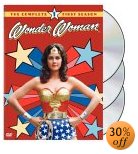
you're looking
for is right here:
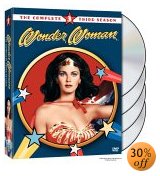
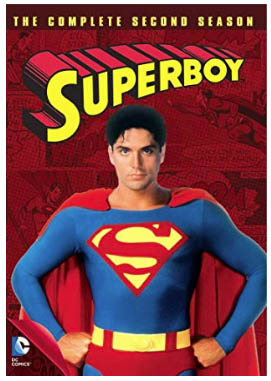
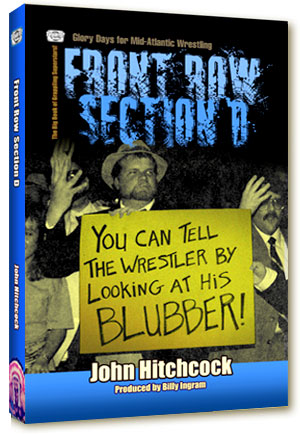
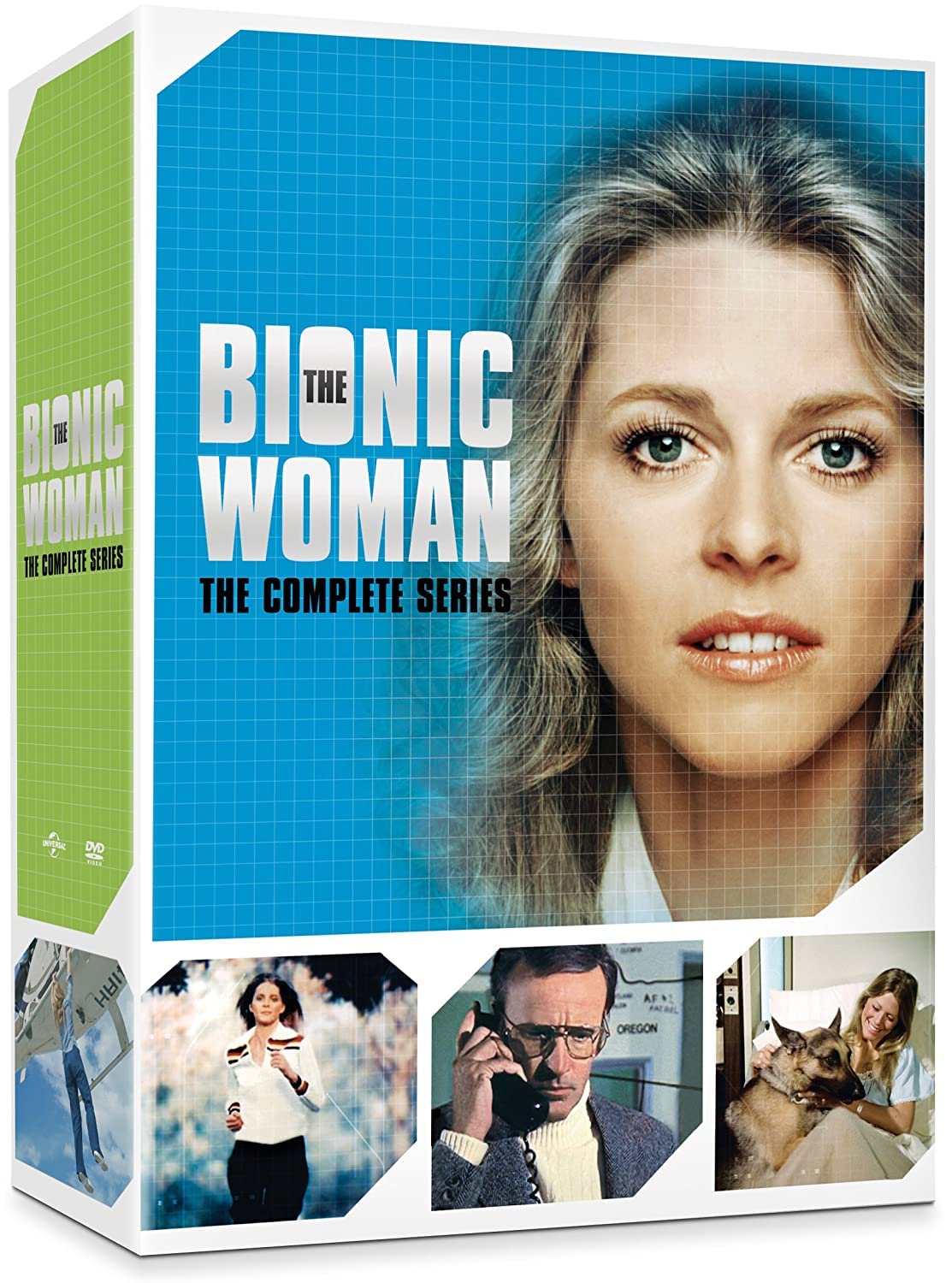
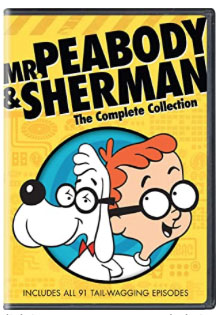
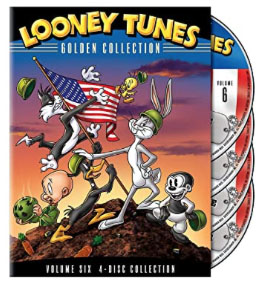
 |
Everything
you're looking for is right here: |
 |
 |
 |
 |
 |
 |
TV Shows on DVD/ / / / / TV Blog/ / / / Punk Book/ / / / / / /
Holiday
Specials on DVD / /
/ / / / Classic
Commercials / / / / / TV
Shows on DVD Reviews |
|||||||
The suprise success of Batman left the networks scrambling to find the next comic book character to capitalize on the craze. In 1967, Batman's producer William Dozier put one of his best script writers, Stanley Ralph Ross, on a spec job - to come up with a way to bring Wonder Woman to the home screen. A brilliant and prolific TV writer/producer/actor, Dozier also served as Batman's narrator who intoned, "Same Bat-time... same Bat-channel" at the end of each episode. Stanley Ralph Ross was chosen to pen the Wonder Woman pilot for ABC because, in his words, "Professionally what happened was that, after writing for Batman, I became more or less known as a person who knew how to write adaptation of comic books for television." A five-minute comedy pilot was shot by Warner Bros. entitled Wonder Woman: Who's Afraid of Diana Prince? centering around a typical American super-powered housewife. Think Bewitched with a tiara. Oddly, Wonder Woman was played by two different people - a homely gal in the role of Diana Prince (Ellie Wood Walker of The New Interns) and a beautiful woman (Linda Harrison) after she morphed into Wonder Woman.
The bat-craze proved short-lived; Batman's ratings were in free fall by the summer of 1967. For the 1967-68 season, the production was trimmed to one night a week. Rather than earning her own series, Yvonne Craig's Batgirl character was wedged into Batman.
Heroes Return
With that in mind, Warner Bros. decided again to mount a Wonder Woman project in 1974. Stanley Ralph Ross was again brought on board to pitch a completely different approach than the 1967 pilot; his idea was to stay true to the original character concept (created in 1941 by psychologist Dr. William Moulton Marston) by placing the series in the World War II era.
Starring tennis pro Cathy Lee Crosby as a jump suit clad herione and Ricardo Montalban as the villain, the 1974 version of WW was more like Emma Peel from The Avengers; there was no invisible plane, magic lasso or playing 'bullets and bracelets' with the bad guys. Ross remembered that, "Warner Bros. called me up and said, 'We have an idea for this Wonder Woman thing which we want to do with Cathy Lee Crosby.' I said, 'Well, Cathy Lee Crosby is a very nice lady, but she's blond and Wonder Woman has dark hair.' Now these guys had no idea what I was talking about. They said, 'What's the difference?', and I said, 'It's like making Superman a redhead!' They told me they'd already signed Cathy Lee Crosby, so I told them I wasn't interested." Kathy Lee Crosby as Wonder Woman
Rather than embracing the over-the-top camp aspect of the Batman series, Wonder Woman emphasized adventure with a humorous twist, at the same time profiting from the nostalgia craze sweeping the nation in the mid-seventies.
Waggoner told Amazing Heroes magazine, "Stanley Ralph Ross called me and said, 'Hey, I'm writing a pilot for you. I have a character and I'm thinking of you as I'm writing it.' I said, 'That's wonderful. I think of you a lot too.' No, really, he told me it was Wonder Woman and the part was Steve Trevor. I thought it was terrific. I had just gotten off The Carol Burnett Show and was excited about the prospect of doing another series."
"I don't see myself as a sex object," Carter, a self-described 'old-fashioned girl' stated. "It's a side effect, and it's OK I guess, but I don't want to dwell on it." In January of 1976 The Bionic Woman, a spin-off of The Six Million Dollar Man, bolted into the Nielsen top ten, joining a plethora of empowered women in prime time that included Angie Dickinson's Police Woman and Charlie's Angels.
Following the success of the TV-movie, ABC ordered two 60-minute Wonder Woman specials shortly after Carter posed nude for Playboy magazine in 1976. The network, sensing they had a potential 'family hour' hit on their hands, got the photo spread killed. The two specials aired to fantastic ratings in April of 1976, leading ABC programming VP Fred Silverman to order eleven more 60-minute Wonder Woman episodes to shore up potential weak spots in his fall schedule; these were broadcast sporadically beginning in October. "We pull such big ratings all of the time," Lynda Carter commented at the time. "So they put us against the hardest competition that they can."
In 1977, Warner Brothers sold the Wonder Woman franchise to CBS after ABC refused to commit to a regular weekly time slot. Ratings were solid for ABC, but they had so many hits (and too many superheroes) at the time; they reluctantly sidelined Wonder Woman at season's end.
These new adventures (with the same principal cast) took place in modern times, with the ageless Wonder Woman now working for Steve Trevor, Jr., the son of the major she worked for during the war. They were assisted by a talking computer named I.R.A. Initial episodes were silly and plodding; the series was revamped midseason with a new producer, Bruce Lansbury (Mission: Impossible). "We're going for what we call 'subculture' shows," Lansbury told Starlog magazine in 1978. "so we can better appeal to adults while attracting the teen audience. We'll deal with the beach scene, the male heart throb scene and the disco scene."
DID YOU KNOW: There was a Wonder Woman pilot shot in 2011?
|
Superman
on DVD!
Stanley Ralph Ross wrote several well-received TV-movies in the seventies, then gave voice to a number of cartoon characters in the eighties, including Brainiac on Super Friends, Perry White on Superman, Snakebite on Rambo and Redlin on the Inhumanoids. His last roles were as the Pitbull & the Doberman in Babe: Pig in the City; he died in 2000. BONUS: Obscure TV Christmas Shows / 1950's Christmas Moments / Hot Christmas Toys of the 1960s & 1970s / Classic Christmas Toy Commercials / Lost Christmas Specials of the 50s & 60s
TV
on DVD / / TV Shows on DVD Reviews
|
|
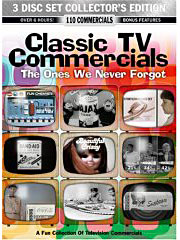 |
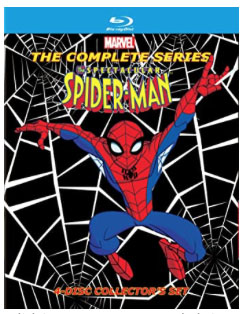 |
 |
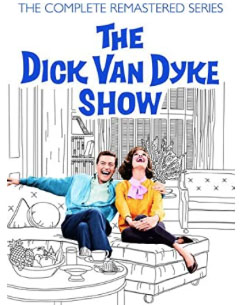 |
 |
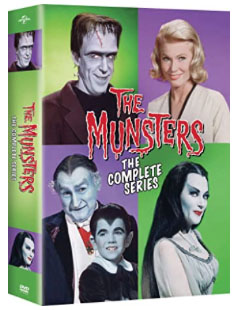 |
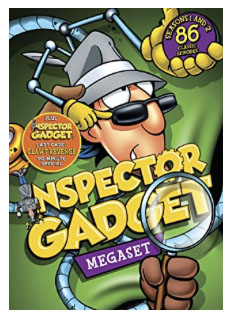 |
|
North Carolina Actors / |
|
|||||||||||||